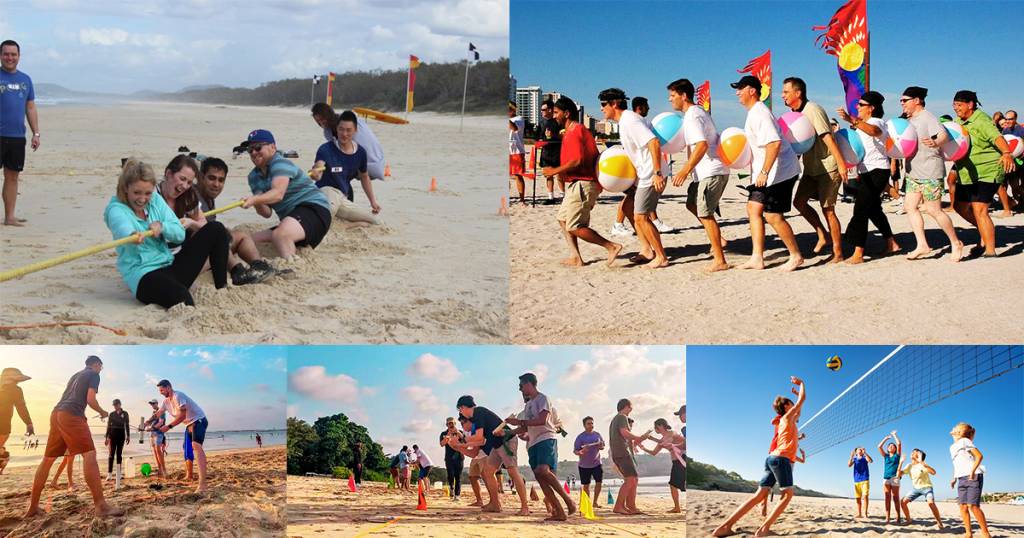In the world of strategic board games, few titles manage to balance complexity, historical accuracy, and engaging gameplay like the Goa game. Originally released in 2004 and designed by Rüdiger Dorn, Goa transports players back to the 16th century during the height of Portuguese colonial expansion. The game challenges players to master trade routes, build spice empires, and strategically outmaneuver their opponents, all while managing resources and long-term goals.
This article dives deep into the Goa game, exploring its gameplay mechanics, strategic elements, historical inspiration, and why it continues to be a favorite among board game enthusiasts. We’ll also tackle some frequently asked questions and conclude with why this game deserves a spot in your collection.
What Is the Goa Game?
The Goa game is a Euro-style strategy board game that revolves around the historical spice trade centered in Goa, a region on the western coast of India. Players take on the role of Portuguese merchants and explorers during the Age of Discovery. The goal is to accumulate the most points by managing colonies, spices, ships, and trading opportunities.
Key Features:
- Player Count: 2–4 players
- Playtime: 90–120 minutes
- Mechanics: Auction/bidding, action selection, economic engine-building
- Theme: Historical trade and colonization
The game was re-released in a 2012 edition with updated artwork and slight rule adjustments, making it more accessible to a modern gaming audience without compromising its deep strategy.
How to Play the Goa Game
The gameplay in the Goa game app unfolds over two eras, each consisting of four rounds. During these rounds, players will bid for tiles, manage actions through a progression system, and build their economic and colonial empires. Let’s look at the main gameplay elements:
1. Auction Phase
Each round begins with an auction. Players bid for tiles representing different benefits such as plantations, colonists, spices, or ships. Winning an auction tile can significantly alter your game trajectory.
2. Action Phase
After the auction, players take actions using an action cube system. Each player starts with a limited number of action cubes, which they can use for tasks like:
- Advancing on the development track
- Acquiring spice cards
- Expanding colonies
- Building ships
- Gaining extra action cubes
As the game progresses, players can upgrade their actions, allowing for more efficient plays. Strategic planning is key—your early decisions can have long-term consequences.
3. Development Tracks
There are five development tracks in the game, and progressing on them provides permanent benefits. For example:
- Increasing the number of action cubes
- Reducing auction costs
- Improving shipbuilding or spice harvesting efficiency
Balancing your advancement across these tracks is essential for optimizing your strategy.
Strategic Depth and Replayability
The Goa game is known for its high replay value and layered decision-making. Every game plays differently depending on auction dynamics, player choices, and tile draws. Here’s what makes the strategy stand out:
- Resource Management: Managing your action cubes and resources efficiently is vital. Overspending early can leave you vulnerable later.
- Auction Timing: Knowing when to bid aggressively and when to pass can make or break your game.
- Long-term Planning: Choosing which development tracks to invest in requires foresight. Overcommitting to one track can leave you underpowered in other areas.
- Inter-player Competition: Bidding wars and competing over limited colonies ensure high player interaction.
Why Goa Game Stands Out
The Goa game combines elegant mechanics with deep strategy and historical flavor. Here are a few reasons why it continues to be popular among board game enthusiasts:
1. Rich Theme
Set in the Age of Discovery, Goa captures the essence of maritime trade and colonial expansion without becoming overly complex. The historical immersion adds depth and educational value.
2. Balanced Gameplay
Despite its strategic depth, the Goa game maintains a balanced experience. The randomness of auction tiles adds variety, but skillful play is rewarded more than luck.
3. Component Quality
The 2012 edition features improved artwork, sturdy components, and a streamlined rulebook, making it more enjoyable to play and easier to teach.
4. Scalability
Whether you’re playing a two-player duel or a four-player strategic brawl, the game scales well. The bidding mechanism adjusts tension based on player count.
Goa Game: Frequently Asked Questions (FAQs)
Q1: Is the Goa game suitable for beginners?
Not exactly. While the rules aren’t overwhelmingly complex, the strategic depth can be intimidating for newcomers. However, experienced players can guide newer ones through their first play to make the learning curve smoother.
Q2: How does the Goa game compare to other Euro-style games?
Goa sits in the same league as titles like Puerto Rico, Power Grid, and Brass. It shares the hallmarks of Euro games—minimal luck, economic themes, and deep strategy—but stands out with its auction mechanism and historical flavor.
Q3: Is the game historically accurate?
While the Goa game isn’t a history lesson, it draws clear inspiration from the 16th-century Portuguese colonial trade. The game abstracts real events and practices into engaging mechanics, but doesn’t attempt a detailed simulation.
Q4: How long does it take to play?
Most games take around 90 to 120 minutes. Setup and teardown are relatively quick compared to similarly complex games.
Q5: Can I play the Goa game online or digitally?
As of now, the Goa game is not officially available on platforms like Tabletop Simulator or Board Game Arena. However, some fan-made modules may exist. Always check for updates or official digital releases.
Conclusion: Is the Goa Game Worth It?
The Goa game is a masterclass in strategic planning, economic management, and competitive bidding. Its historical theme, layered mechanics, and balanced gameplay make it an enduring favorite in the board game community. If you’re a fan of Euro games and enjoy titles that reward thoughtful decision-making, Goa should be on your radar.

